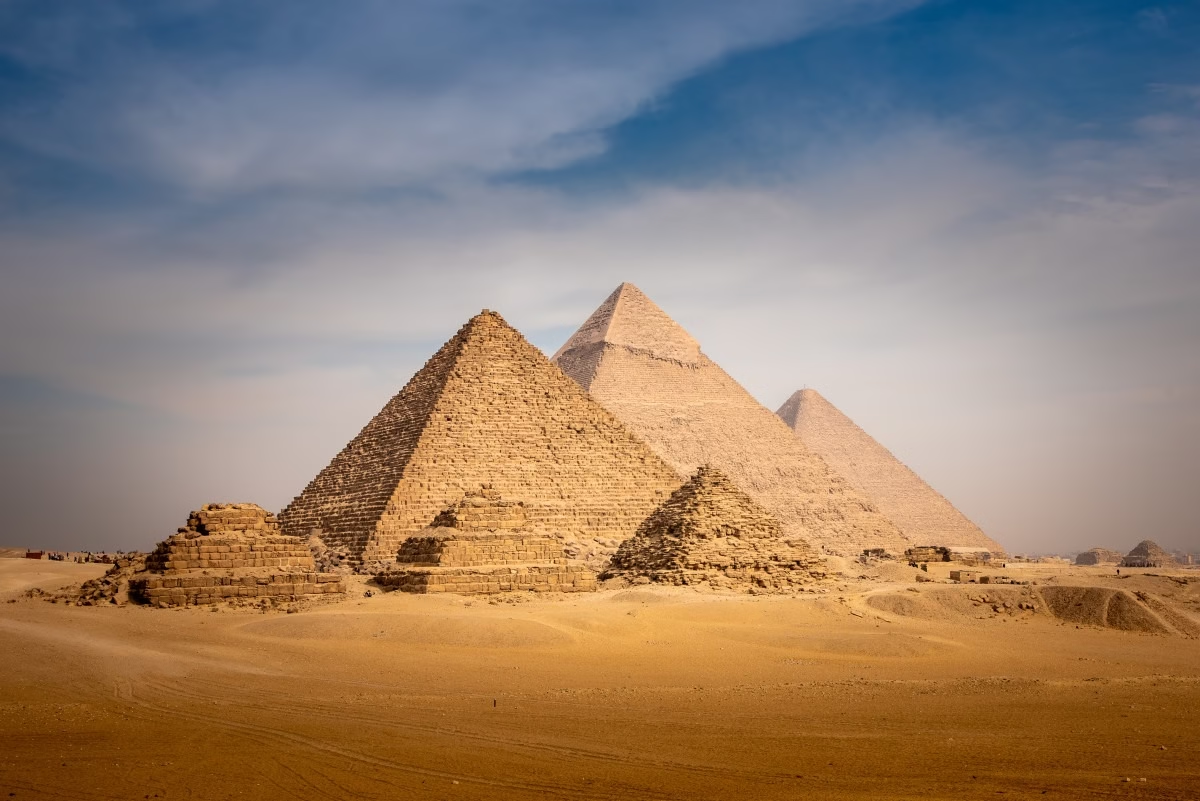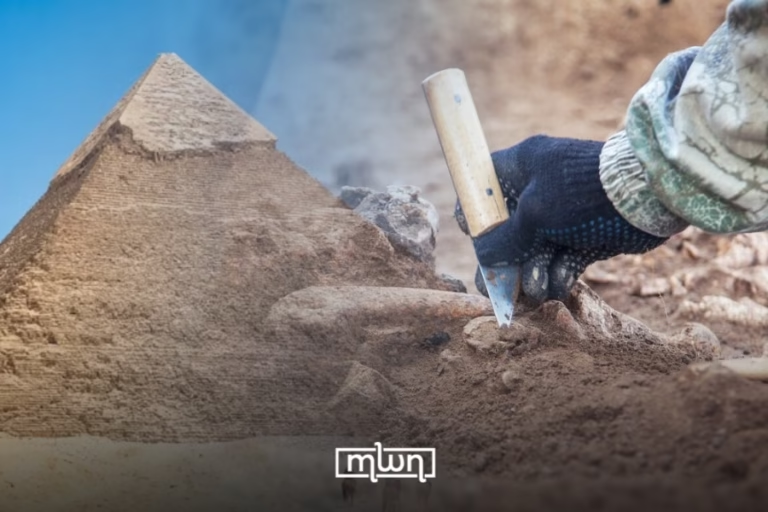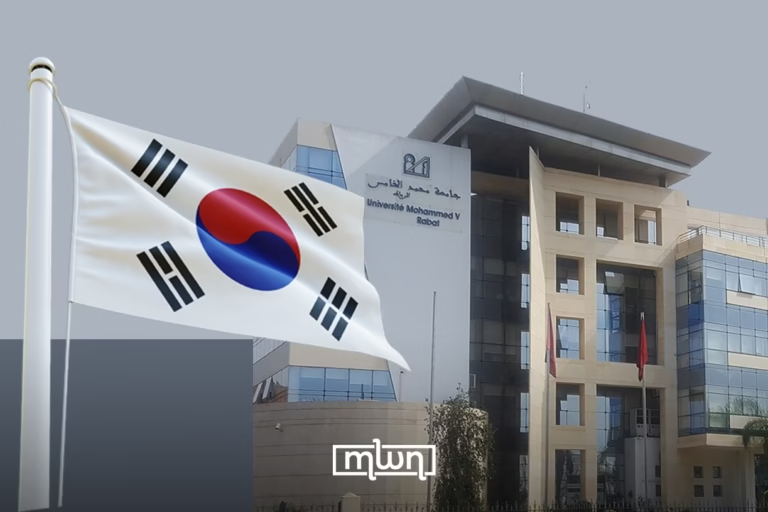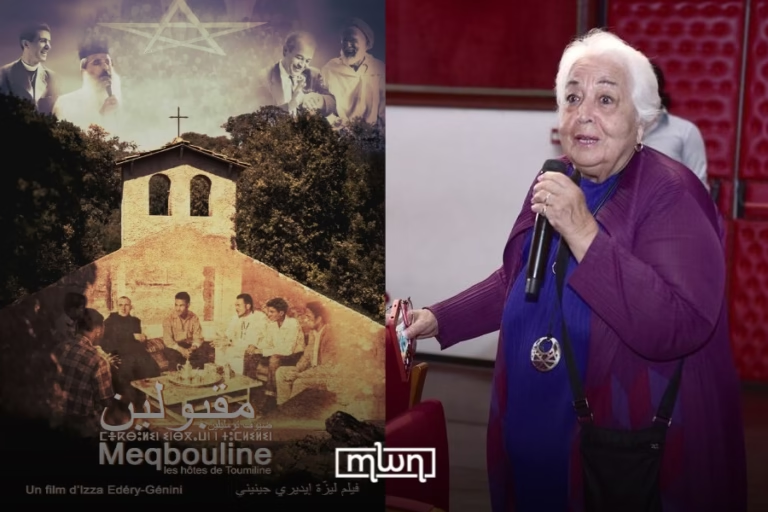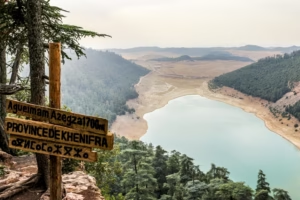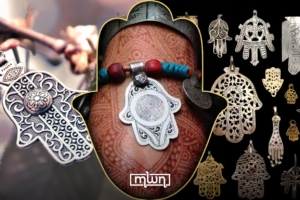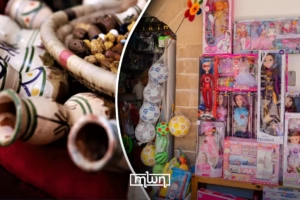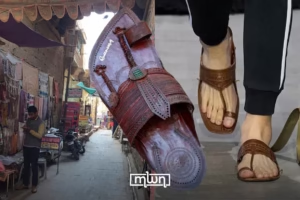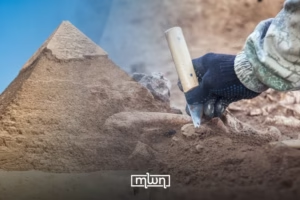Turns out that ancient Egyptian pyramids weren’t just VIP lounges for the afterlife; some hard working laborers crashed the party too.
Fez – For centuries, historians assumed that pyramids were the final resting places of Egypt’s elite, powerful rulers, influential scribes, and the ultra-wealthy.
But fresh research from Sudan’s Tombos site suggests we may have been picturing the wrong guest list.
According to a study in the Journal of Anthropological Archaeology, it turns out that ancient pyramid burials weren’t just for VIPs; hardworking laborers may have secured a spot alongside them.
Tombos: The colonial outpost that kept on giving
Located on the Nile’s third cataract in modern Sudan, Tombos was originally an Egyptian colony.
Established around 1400 B.C. after Egypt’s conquest of Nubia, it functioned as an administrative hub, one where both elites and workers left their mark. And, as it turns out, their bones.
When archaeologists examined 110 skeletons from the site, they weren’t just looking at burial styles.
They focused on entheseal changes: tiny bone modifications that reveal how much physical labor a person endured in life.
Essentially, the more grueling your day job, the more pronounced these skeletal markers become.
The muscle mystery: who’s who in the pyramid?
What did the bones tell us? Some individuals had smooth, unmarked attachment points, suggesting a life of bureaucratic comfort, scribes, officials, or maybe an ancient version of a desk job.
Others, however, displayed significant wear and tear, evidence of years of back-breaking labor. Both groups were buried under pyramid tombs.
Pyramids weren’t exclusively for the rich. Some of the hardest-working members of society were laid to rest in grand monuments once thought to be off-limits to commoners.
Why were laborers buried like the elites?
Theories abound. Some researchers suggest that wealthy individuals allowed lower-status workers to be buried nearby to reinforce the social hierarchy, even in death.
Others believe the laborers may have chosen to rest near their employers, hoping for some posthumous status boost, kind of like an eternal networking strategy.
Stuart Tyson Smith, an anthropology professor at UC Santa Barbara, suggests that elites surrounded themselves with the very workers who had served them in life.
This wasn’t just about proximity; it was about power, prestige, and possibly even religious beliefs about the afterlife.
The debate isn’t over
Not everyone is sold on this groundbreaking revelation. Some scholars argue that physical labor wasn’t exclusive to lower classes; elites may have been physically active too, meaning their skeletal wear doesn’t necessarily indicate a working-class background.
Still, the study has sparked major conversations in Egyptology. If further research supports these findings, our understanding of social divisions in ancient burial practices could change dramatically.
And who knows, maybe history’s been underestimating the ambitions of ancient laborers all along.
Read also: Vast Underground Structures Beneath Giza Pyramids

